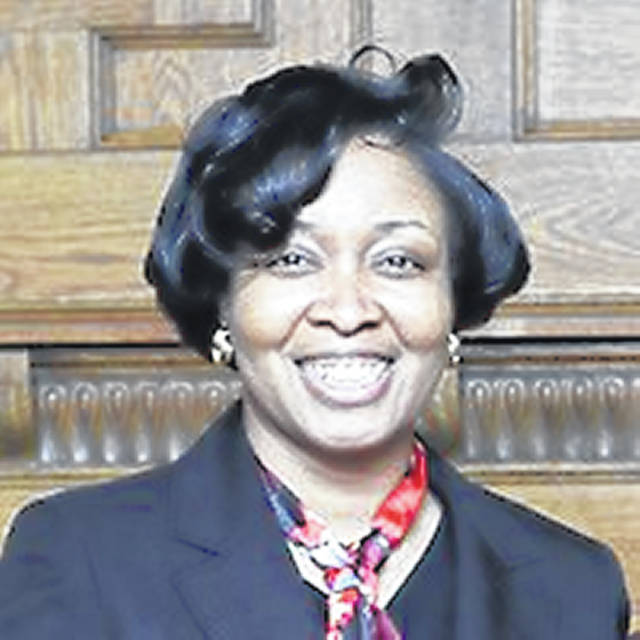When the Supreme Court ruled in favor of college athletes being compensated nearly three years ago, the era of name, image and likeness (NIL) began. Even though schools would have to revamp their fundraising and recruiting efforts for their athletic departments and teams, the longtime pay-for-play debate was settled.
College athletes, especially stars in revenue-producing sports, were finally going to profit financially from their hard work. After the court’s ruling in National Collegiate Athletic Association v. Alston, the NIL path has been a rocky one, and it has completely changed the way athletes approach the transfer portal.
It has also taken a toll on coaches in major conferences as their jobs now resemble a CEO in charge of football operations. Legendary Alabama coach Nick Saban recently shared in an interview with AL.com, a website for Crimson Tide beat writers, that players are now thinking about how much they are going to get paid and want guarantees that they will start. These factors contributed to Saban’s retirement in January, as he left behind a stellar career that brought six national championships to Tuscaloosa.
New NIL laws are continuing to be passed in states that will affect head coaches at top-tier programs in terms of retaining and recruiting talent. This month, Oklahoma Gov. Kevin Stitt signed a bill that will allow colleges and universities in his state to directly pay student-athletes for NIL if federal laws and the NCAA eventually permit it. Virginia went a step further in passing a state law that will authorize its schools to pay athletes beginning on July 1, and the legislation prohibits the NCAA from penalizing schools for NIL athlete compensation.
The main similarity in both of these laws is that student-athletes are not classified as university employees, so in Virginia’s case, this means that schools cannot pay athletes for their performance on the field or court. Schools can, however, help athletes boost their brands through collectives and marketing.
We can obviously see the handwriting on the wall for the NCAA, with states starting to enforce their own NIL regulations. This move by lawmakers lines up with the assessment Supreme Court Justice Brett Cavanaugh made in the Alston case, when he wrote that “the NCAA’s business model of using unpaid student-athletes to generate billions of dollars in revenue for the colleges raises serious questions under the antitrust laws.”
The NIL business model that states are now implementing allows athletes to be rewarded for the recognition and huge profits they bring to their schools, but there are still pressing concerns on how NIL will continue to impact college sports.
From a fan’s perspective, the revenue-producing sports of football and men’s and women’s basketball at Division I-level schools are evolving more and more to almost professional leagues. Gone are the days when most college rosters could build chemistry toward winning championships. In the case of men’s D1 basketball, there are currently close to 1,800 players in the transfer portal looking for new teams as of this writing. Many athletes in the portal or who have recently transferred ask for a certain amount of NIL, which puts pressure on university collectives to come up with loads of cash to land top players.
Thus, lots of athletes end up “chasing the bag,” as the kids say nowadays, at the expense of their athletic and educational development. I want to reiterate a point that I made in a 2021 NIL column regarding student-athletes needing to utilize wise counsel in this new age of college sports.
I’ll call this a “Solomon moment” in reference to the story in 1 Kings 3:5-13, where Solomon asked God for “an understanding heart,” and not wealth, to make prudent decisions. God was pleased with Solomon’s answer and ended up giving him “the bag,” “riches and honor,” because Solomon wanted to be a wise ruler.
Likewise, athletes need to understand that NIL should not be their end game when selecting the best school for them. If they choose wisely and get into a program with a strong culture that not only cultivates their athletic skills but also nurtures them academically and professionally, they will learn how to invest and maintain the money they earn through their sport. This is essential for those who go pro and those who do not.
The play-for-pay debate is definitely over, as we are not going back to pre-NIL days. It is my hope that as colleges and universities compensate athletes through NIL collectives that they will also be even more diligent in looking out for their overall well-being as students, which is most important.
Dr. Jessica A. Johnson is a lecturer in the English department at The Ohio State University-Lima. Reach her at [email protected] or on Twitter @JjSmojc. Her opinion does not necessarily represent the views of The Lima News or its owner, AIM Media.







